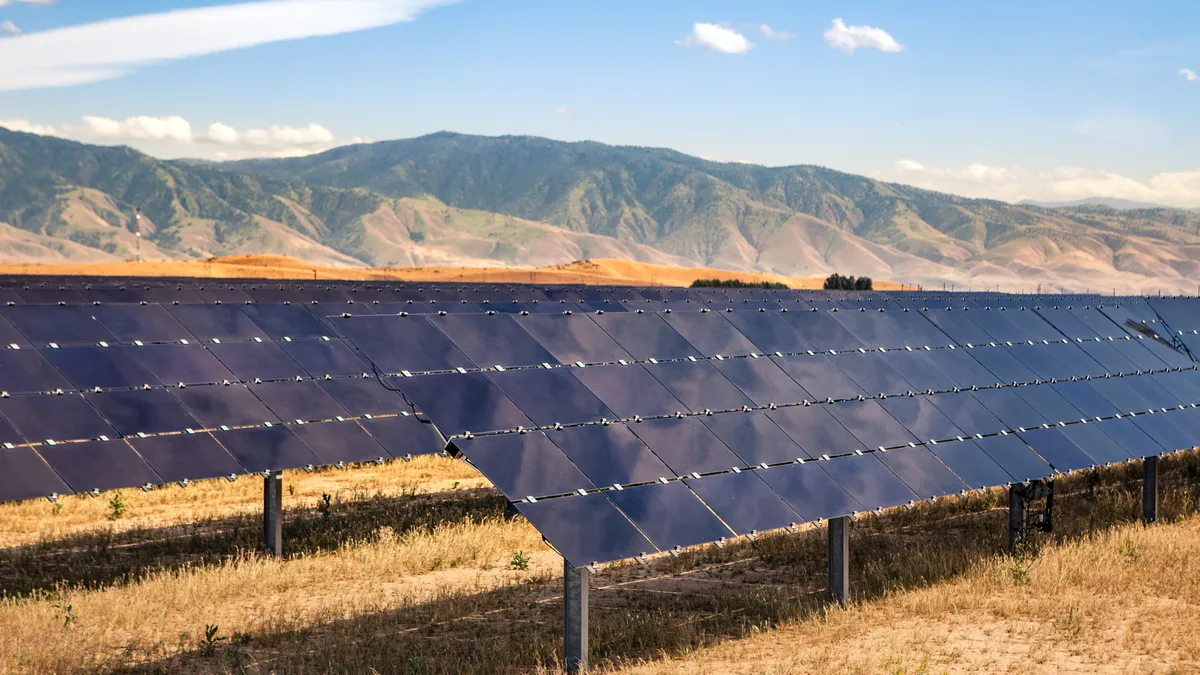The California Independent System Operator’s proposal to revamp its interconnection process drew strong support from Pacific Gas and Electric, Southern California Edison and the California Public Utilities Commission, according to filings with federal regulators on Thursday.
“Making this interconnection process more efficient and more closely tied to the state’s long-term integrated resource planning will help ensure the timely onboarding of historic amounts of resources that California will add to address CPUC plans for new renewable generation and storage resources,” said the agency, which also represented the state of California in the filing.
However, generators such as Vistra and NextEra Energy Resources, as well as renewable energy trade groups, urged the Federal Energy Regulatory Commission to reject provisions that would allow CAISO to favor generating projects supported by utilities and other load-serving entities, or LSEs.
After conducting a stakeholder process, CAISO on Aug. 1 asked FERC to approve a new interconnection process aimed at clearing out a massive queue by favoring projects that appear most likely to succeed.
In May 2023, when CAISO started its interconnection reform stakeholder process, the grid operator had 185 GW in its interconnection queue, it said in its FERC application. It has another 347 GW from “Cluster 15,” its most recent annual interconnection window, which is on hold.
Under CAISO’s proposal, the grid operator would determine what zones in the state have available transmission capacity to handle new interconnections. Projects developed there would be reimbursed for building network upgrades. CAISO would also designate areas with less than 50 MW of available transmission capacity as “merchant” zones. The owners of projects sited in merchant zones would have to pay for any needed upgrades.
Also, CAISO would assess three criteria — commercial interest, project viability and system need — when determining whether a project should move into the interconnection study phase.
In its application, CAISO said that the commercial interest scoring criteria sparked objections during the stakeholder process. FERC can separate that element from the proposal, if it desires, according to the grid operator.
“The CAISO proposal allows for LSEs to exercise self-preference, which can lead to selection of projects based on self-interest rather than objective criteria,” the American Clean Power Association, the California Energy Storage Alliance, the Large-Scale Solar Association and the Solar Energy Industries Association said in a joint filing. “Allowing LSEs to award points to their own self-build projects creates an unfair advantage and reduces competition.”
Not all renewable energy developers opposed the commercial interest scoring criteria. They are an indicator of project readiness and a mechanism to differentiate among projects, according to Clearway Energy Group, an independent power producer owned by Global Infrastructure Partners and TotalEnergies.
“If the commission were to reject the commercial interest points, the remaining scoring criteria on their own would advance a skewed portfolio of projects that would not align with state policy or meet resource adequacy needs,” the company said.
PG&E also defended the criteria. The LSE commercial interest component will help screen the most commercially viable projects to proceed to the study phase, which will help the overall system with resources coming online in an efficient process, the San Francisco-based utility said.
Further, only one-third of the capacity studied in a zone would be eligible for the commercial interest criteria and the proposal limits an LSE’s ability to assign points to utility- or LSE-owned projects, according to PG&E.
“The resource developer concerns that LSEs would favor their own projects over independent energy projects are unfounded, and PG&E for instance plans to require proposed utility-owned projects to go through the same process as independent energy projects and be compared against all projects interested in receiving points for PG&E’s energy procurement organization,” PG&E said.
CAISO’s proposal includes provisions that would prevent LSEs from taking actions that would overly discriminate against independent power producers, the Center For Energy Efficiency and Renewable Technologies, Natural Resources Defense Council, the Sierra Club and the Sustainable FERC Project said in a joint filing.






















